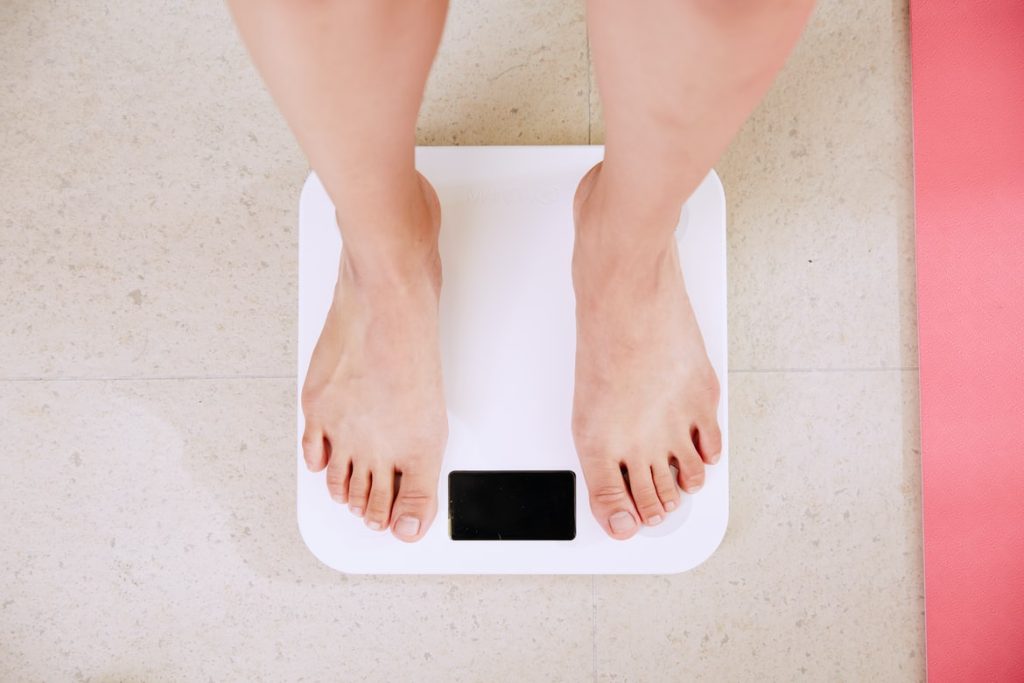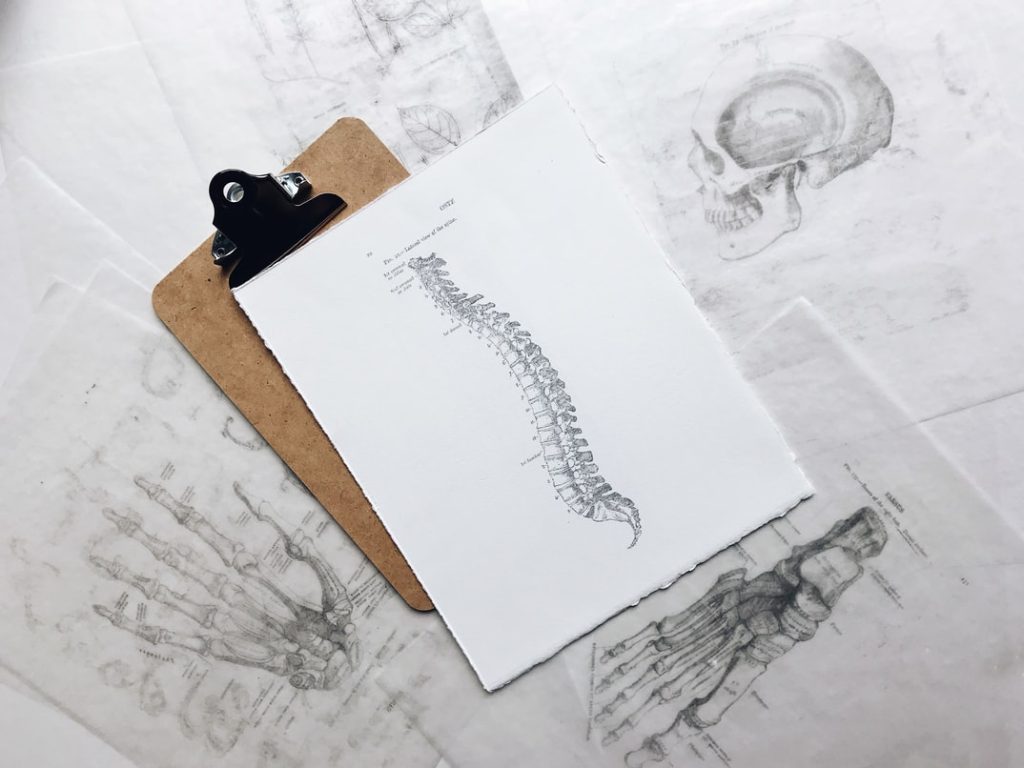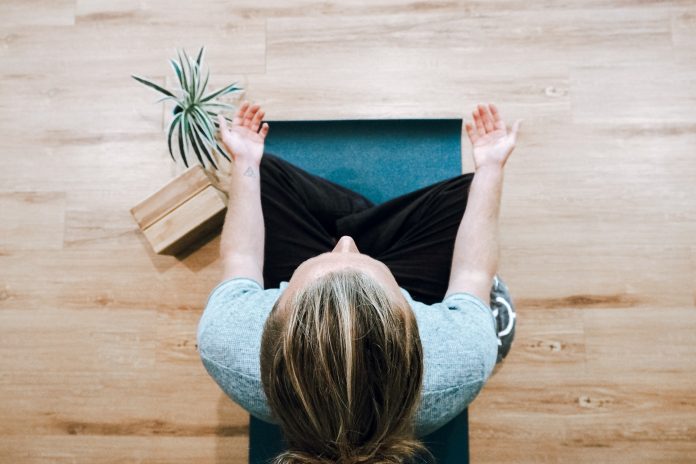Healthy habits can be the difference between staying active and being sidelined by a health problem. Living a healthy lifestyle is the key to staying in good health. But what if one wants to know the best way to keep the joints strong? If a person has arthritis, it can badly take a toll on the joints. One might feel aches and pains in the morning before the person even gets out of bed or during the day when sitting at the desk.
Joints are a significant part of the body, and if they aren’t working properly, everything else will start to slow down. Luckily, there are plenty of ways to help keep the joints strong and healthy. Also, make sure to follow through on those healthy habits. If looking for ways to improve overall health, getting the body moving is essential. Here are some simple tips one can start incorporating into the daily routine and avoid a visit to an orthopedic surgeon:
1. Exercise

Exercise is one of the easiest ways to maintain good health and keep the joints strong. By doing cardio exercises such as running, one can get all the benefits from exercise without the risk of injury.
Swimming is also great for seniors to exercise and maintain strong joints. Swimming is low impact exercise that can help improve strength and flexibility, which are essential for maintaining good joint mobility. It also helps build bone density which is essential as people age so that our bones don’t become more brittle or weaker over time.
2. A diet that supports joint health

A good diet will provide all the nutrients needed for good health, including antioxidants that protect against free radical damage and help repair damaged cells. Eating the right amount of protein, carbohydrates and fats can help keep the joints strong and reduce the risk of osteoarthritis, rheumatoid arthritis, gout, fibromyalgia and other conditions that affect the bones and joints.
For example, foods high in omega-3 fatty acids, such as salmon or walnuts, have improved joint function in older adults with osteoarthritis. Fruits and vegetables are an essential part of any healthy diet. They’re packed with vitamins and minerals that support bone health. They also contain antioxidants like vitamin C, which protect cells from damage caused by free radicals. These antioxidants help to repair damaged cells and prevent them from becoming damaged in the first place.
Eat plenty of low-fat dairy products like low-fat yogurt and milk to get calcium into the bones. The calcium in dairy products helps build strong bones by keeping the body’s cells healthy and helps prevent osteoporosis (thinning bones). If one can’t eat dairy products because they aren’t tolerated well by the body or because the lactose is intolerant, use fortified soy milk instead.
Calcium-fortified juices are another option as they provide a good source of calcium. If one is a vegan or vegetarian, make sure to add extra calcium to the diet by eating green. A person should also limit the amount of red meat eaten. If one wants to ensure that the body will get all the nutrients it needs, it’s best to eat as many plant-based foods as possible.
3. Get enough sleep

Getting enough sleep every night keeps the body working efficiently, so it doesn’t burn out before it has had time to repair itself during rest periods. Good sleep helps reduce joint pain by reducing inflammation associated with arthritis, improving blood flow throughout the body, and including circulation to the joints.
4. Avoid smoking and drinking too much

Smoking and drinking too much are risk factors for osteoarthritis. Smoking is a significant cause of heart disease but also increases the risk of osteoarthritis by damaging cartilage in the joints. Drinking too much alcohol can increase the risk of osteoarthritis by increasing the amount of damage to the cartilage.
If one has osteoarthritis, don’t smoke or drink more than one alcoholic beverage a day. Smoking can cause joint pain and stiffness, while drinking too much alcohol can cause a lack of coordination, making it harder to perform daily activities.
5. Maintain the right weight

The best way to avoid osteoarthritis is to maintain a healthy weight throughout life. Those who are overweight or obese should try to lose weight to improve their health. This will help reduce pressure on their joints by reducing the number of pounds that they carry around with them. Obesity increases the risk of developing osteoarthritis, as does being underweight. Being overweight or obese is also associated with more significant joint damage and stiffness in the long run.
6. Use correct posture

Proper posture is the most important thing one can do to keep the joints strong. Keep the neck, back and shoulders aligned; do not slouch. This will help reduce stress on the spine and joints.
While sitting for long periods, the body tends to adopt an abnormal position that can cause or aggravate back pain. The same happens when one hunches over a computer for hours. To prevent this from happening, sit with back straight. Support the back with a cushion or pillow placed on the chair at an angle that allows one maintain good posture while sitting.
- One should:
Place both feet flat on the floor with knees bent slightly.
Holding books and reading materials should be done with both hands on the book or paper. This is called open-book reading, which helps prevent wrist and shoulder problems caused by holding a book while typing at a computer keyboard or reading on an electronic device such as an iPhone or iPad.
7. Drink water

Hydration is essential for a healthy body. Water is another critical component of a healthy lifestyle that helps keep joints strong. An adequate amount of water helps flush out toxins from under the skin and promotes tissue growth in other body areas, including the muscles around the joints. Water helps soothe the throat from dryness, which can cause inflammation in the joint area of the mouth. Drinking water also keeps blood pressure low and refreshed throughout the day — which can help prevent stress-related illnesses like depression or anxiety disorders later on in life.
8. Prevent exercise-related injury

One should also avoid exercise-related injuries by listening to the body and taking breaks between workouts. Exercise is essential to maintaining good health, but it should not be done too often or for too long at a time. If doing too much too soon, stop immediately and take a day off from exercising before continuing with the routine. Even if a person does not have any pain or injury issues, one should take it easy when it comes to exercise so as not to bring an injury to oneself while exercising.
If having problems with pain due to overexertion during exercise, consult a doctor before resuming regular exercise routines. Also, remember to wear proper footwear and clothing. Avoid excessive heat or cold, which can cause muscle spasms, cramps and joint pain.
Adopting these healthy habits can help improve the joints’ health, decreasing your risk of musculoskeletal conditions and making it easier to do things one loves with friends, family, and community. If not already practicing these healthy habits, seek more information on their benefits and incorporate them into daily routines. Pay attention to how each decision made impacts the joints, and be mindful of what’s happening in the body—one may find it dramatically improving the feeling. So try implementing a few new habits from this list into your life—you’ll be surprised at the joint-health benefits!




